Agriculture
Axalion®Active: Redefining Sustainable Insect Control
Axalion® Active is the first active ingredient from the BASF R&D pipeline in the pursuit of redefining modern, sustainable pest control by balancing outstanding efficacy with beneficial safety. Through a new class of chemistry with a novel mode of action, Axalion provides long-lasting control of a broad spectrum of piercing and sucking pests, including whiteflies and aphids, while working harmoniously with beneficials and the environment when applied according to the label.
Axalion has been shown to effectively reduce the primary and secondary spread of insect-pest vectored viruses by causing rapid feeding cessation. It is highly potent on multiple life stages and due to its novel mode of action, Axalion also controls pests that have developed resistance to existing chemistries, making it an excellent partner for insecticide resistance management. Thanks to its predictable, balanced and reliable performance, Axalion® is an essential part of a farmer’s toolbox for Integrated Pest Management (IPM), resulting in healthier plants, better yields and higher quality production.

An Insecticide Tailored to Meet Farmers’ Needs
Uses for Axalion include fruits, vegetables, soybeans, legumes, cotton, cereals, beets, oilseed rape and ornamentals. To date, two formulations featuring Axalion will be available to support farmers. Efficon® Insecticide, powered by Axalion Active, will help manage farmers’ most problematic piercing and sucking pests across registered regions on a broad range of crops. Durilon® Insecticide, powered by Axalion Active, is designed to safeguard field crops such as cereals, oilseeds and beets from piercing and sucking pests in select countries in Europe.
Key Features and Benefits of Axalion® Active Insecticide
Flexibility in timing and application
The systemic properties of Axalion offer growers a wide window of application timing during early to late growth stages. This includes late growth stage spraying when canopies are already closed and reaching target pests would normally be a challenge. Axalion provides long-lasting residual control due to systemic properties.
Works harmoniously with beneficials
Axalion is highly compatible with non-target organisms and beneficial insects, including pollinators, when applied according to label instructions.
Mode of Action
Based on research and discovery by BASF, Axalion is the only representative of the new Insecticide Resistance Action Committee (IRAC) Group 36, targeting a new site in chordotonal organs. Axalion Active has a novel mode of action and is the sole representative of a unique insecticidal class of chemistry, the Pyridazine pyrazolecarboxamides (or Pyridazine amides).
Axalion works by disrupting the function of an insect’s chordotonal organs on a new target site. Chordotonal organs are tiny sensory organs that provide insects with their senses of hearing, orientation and balance and are critical for coordinated movement and survival. When applied according to the label, Axalion offers growers highly efficacious control of many problematic piercing and sucking pests. Axalion helps reduce potentially devastating yield losses and subsequently improving revenue.
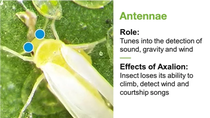
Axalion at-a-glance
Disclaimer
Always read and follow label use instructions. Availability of key active ingredients, products and mixtures vary by region. Regulatory requirements vary among countries and their regulatory authorities. Check with your local BASF representative regarding the use of products in your region.
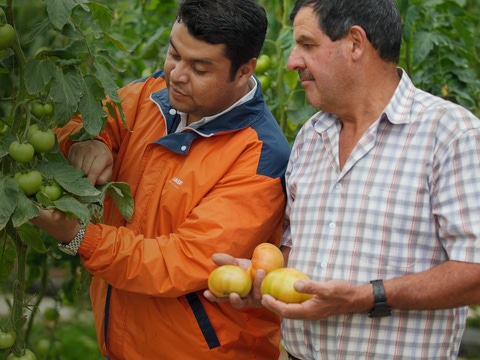
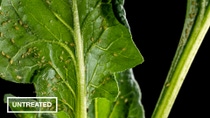
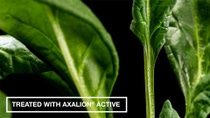
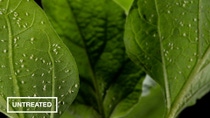
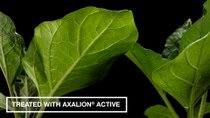



_opt.jpg)